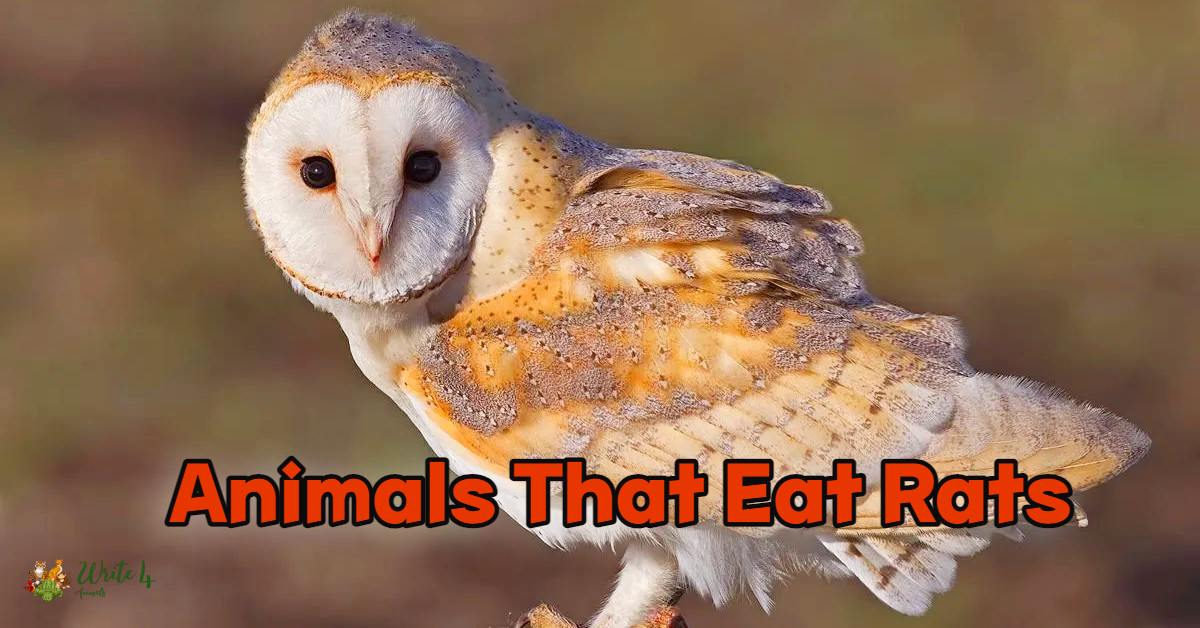Hold on tight, because we’re about to uncover the mystery of who’s keeping the rat population in check. Spoiler alert: it’s not just humans with traps and baits. There’s a whole league of animals out there that have mastered the art of rat hunting.
Picture this – tiny shrews, mighty hawks, and even some slithering snakes all sharing a common taste for rats. Join us in this adventure as we explore the 12 Animals That Eat Rats.
12 Animals That Eat Rats
1. Snakes
Various snake species, including the black mamba and king cobra, are essential players in the ongoing battle against rat overpopulation. Snakes’ remarkable ability to slither into confined spaces makes them formidable rat predators.
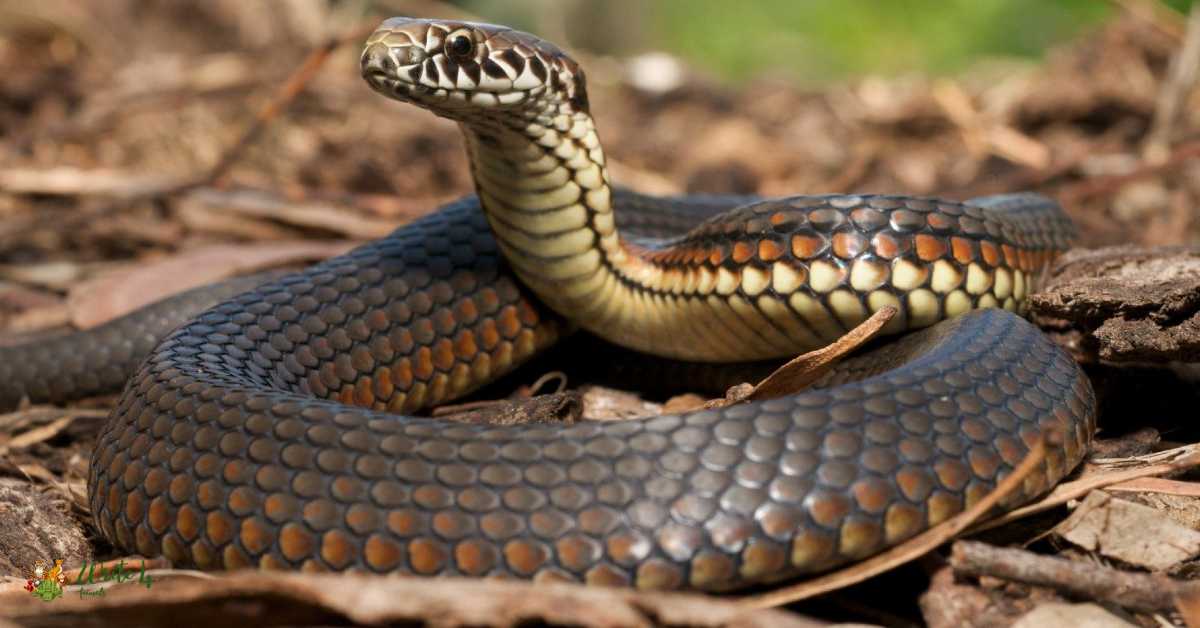
Their stealth and cunning allow them to navigate environments where rats commonly hide, contributing significantly to pest control efforts. While often misunderstood, snakes play a vital role in maintaining the delicate equilibrium of ecosystems by preying on rats and preventing unchecked population growth.
2. Cats (Felis catus)
Domestic cats, our longtime companions, are not just affectionate pets but skilled rat hunters. Their evolutionary history as hunters is evident in their keen senses, agility, and sharp claws. Wildcats, bobcats, and even larger feline predators like lions demonstrate exceptional rat-catching abilities.
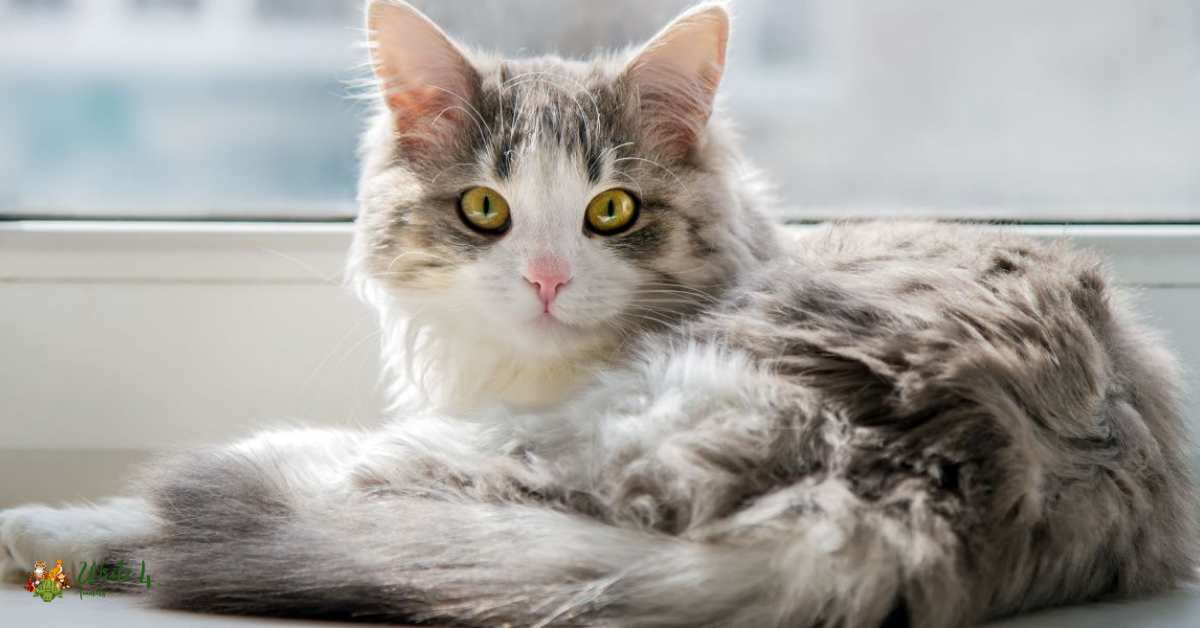
In both urban and rural settings, cats serve as natural pest controllers, helping to keep rat populations in check. The ancient partnership between humans and cats is grounded in the shared interest of maintaining a rodent-free environment, showcasing the practical value of these feline friends in our daily lives.
3. Terriers
Terriers, known for their boundless energy and courage, are remarkable rat hunters. Bred specifically for their tenacity in pursuing rodents, breeds like the Jack Russell Terrier and the Rat Terrier excel in pest control efforts.
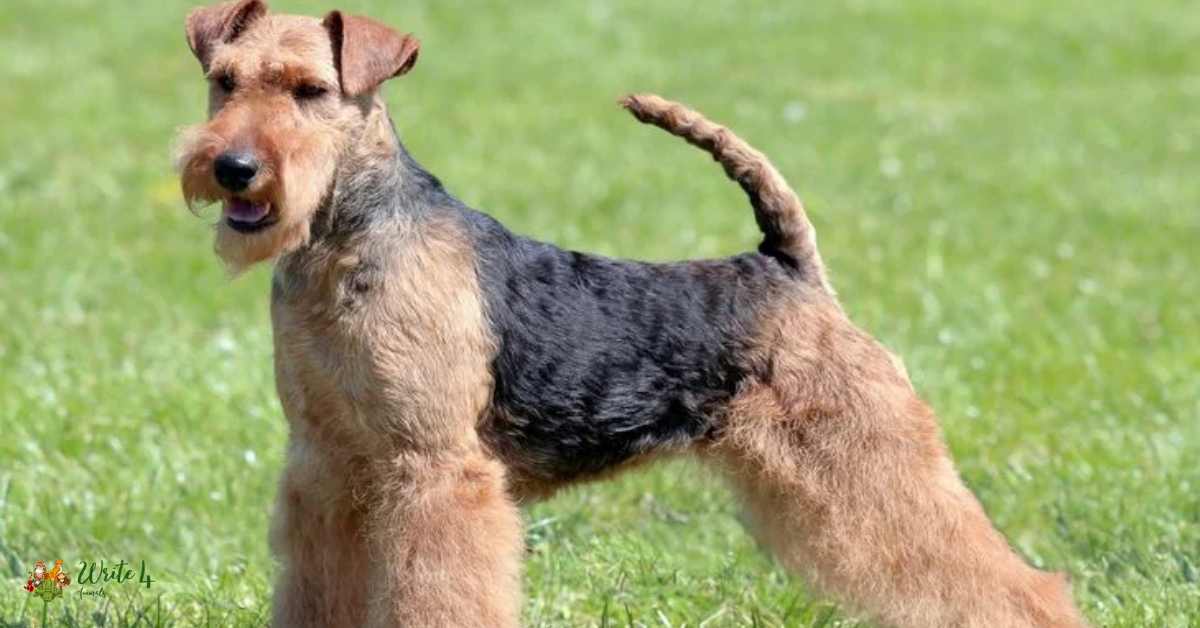
Their small size and agility allow them to navigate spaces where rats often seek refuge, making them invaluable assets in the ongoing battle against rodent infestations.
Terriers’ innate instincts, coupled with their determination, make them effective and tenacious hunters, showcasing the importance of selective breeding for specific traits in addressing real-world challenges.
4. Dogs
While not all dog breeds possess an inherent drive to hunt rats, certain breeds have proven to be valuable allies in pest control. Dogs like the Border Terrier, Miniature Schnauzer, and Dachshund showcase a natural inclination to chase and capture rodents.
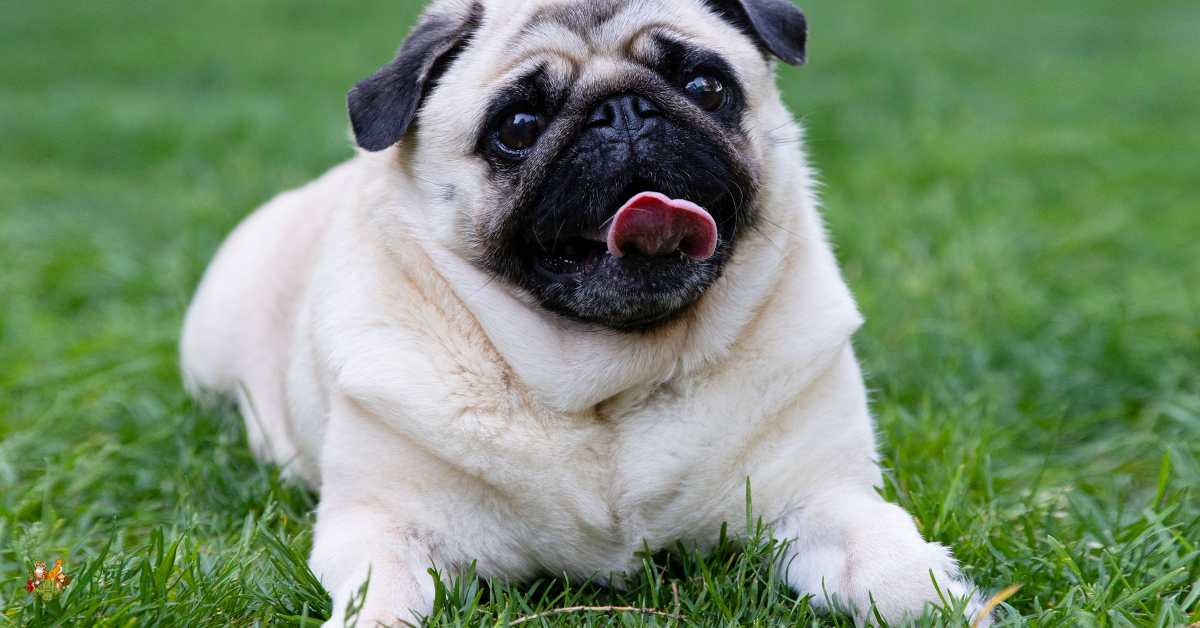
With their acute sense of smell and agility, these dogs contribute significantly to controlling rat populations in various environments.
Their partnership with humans in the pursuit of pest management highlights the diverse roles that dogs play beyond companionship, demonstrating their practical use in maintaining a rat-free environment.
5. Hawks
Birds of prey, specifically various hawk species, are aerial hunters that play a vital role in controlling rat populations. Hawks leverage their sharp talons and keen eyesight to spot and capture rodents on the ground.
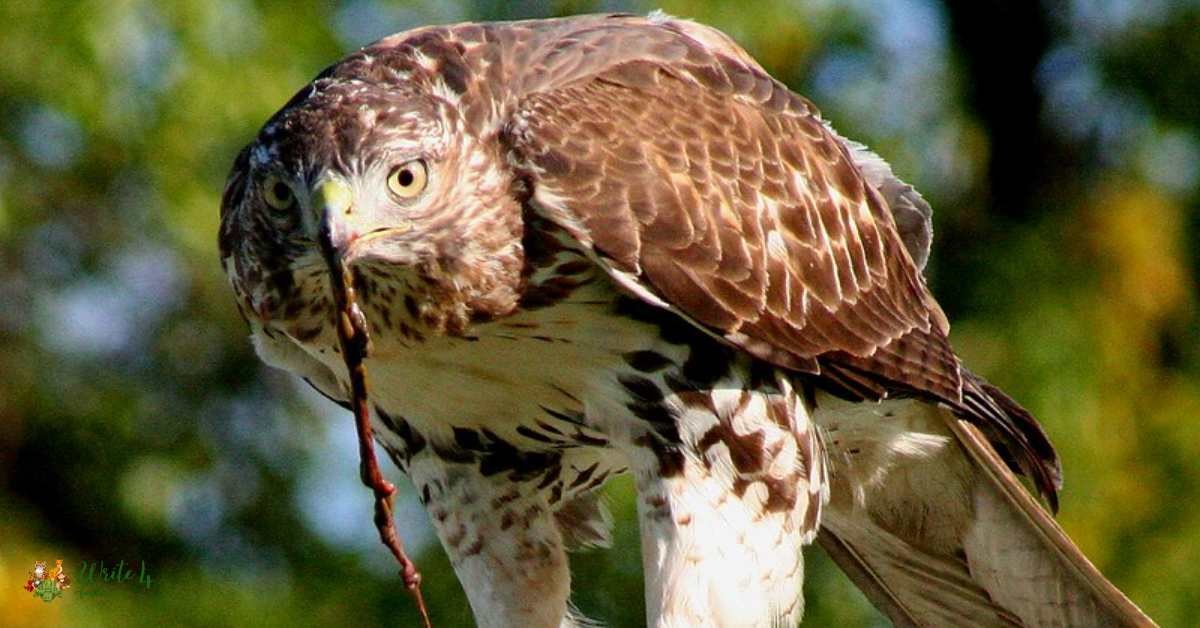
Their ability to cover large areas swiftly and efficiently makes them effective in maintaining the ecological balance by curbing the exponential growth of rat numbers.
Whether in rural landscapes or urban environments, hawks serve as natural pest controllers, showcasing the intricate web of predator-prey relationships that contribute to the overall health of ecosystems.
6. Ferrets (Mustela putorius furo)
Ferrets, though not native to many ecosystems, have been utilized for centuries as efficient rat hunters. Their slender bodies and sharp teeth make them adept at squeezing into tight spaces where rats may hide.
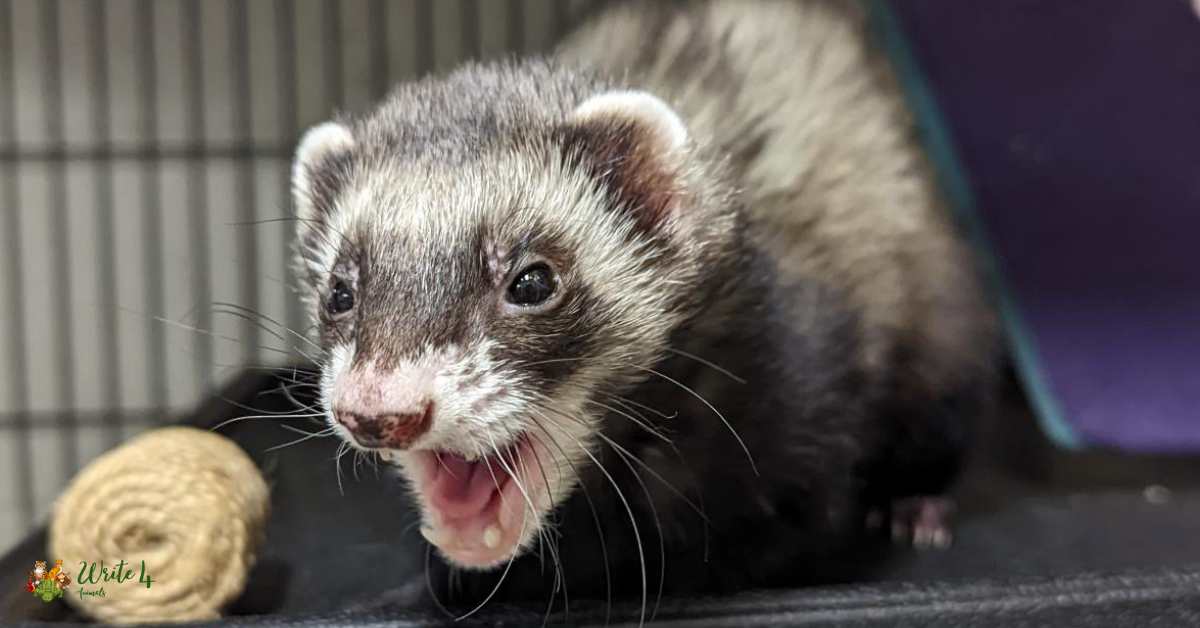
Ferrets’ natural curiosity and agility, coupled with their hunting instincts, make them valuable assets in pest control efforts. Whether employed on farms or in urban settings, ferrets showcase their prowess in tracking down and capturing rats, demonstrating the versatility of these domesticated predators in addressing the ongoing challenges of rodent infestations.
7. Foxes
Foxes, with their distinctive bushy tails and keen senses, are opportunistic predators that readily include rats in their diet. Their intelligence, adaptability, and ability to thrive in diverse environments contribute to their effectiveness in controlling rat populations.
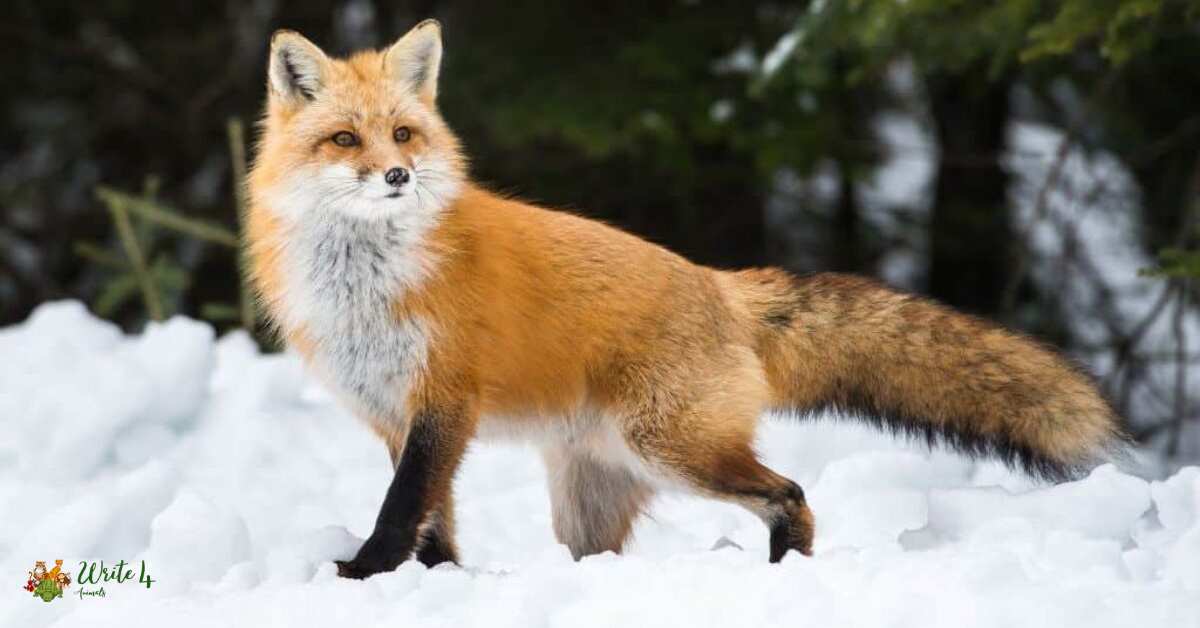
Whether navigating urban landscapes or rural areas, foxes play a crucial role in maintaining the natural balance of ecosystems. Their varied diet, which includes rodents like rats, showcases their significance as contributors to pest control efforts, highlighting the interconnectedness of wildlife and the delicate equilibrium that sustains healthy ecosystems.
8. Barn Owls (Tyto alba)
Barn owls, with their heart-shaped facial disks and striking white feathers, are silent nocturnal hunters that have mastered the art of rat control. Possessing incredible hearing and night vision, barn owls pinpoint their prey with precision, making them expert rat hunters.
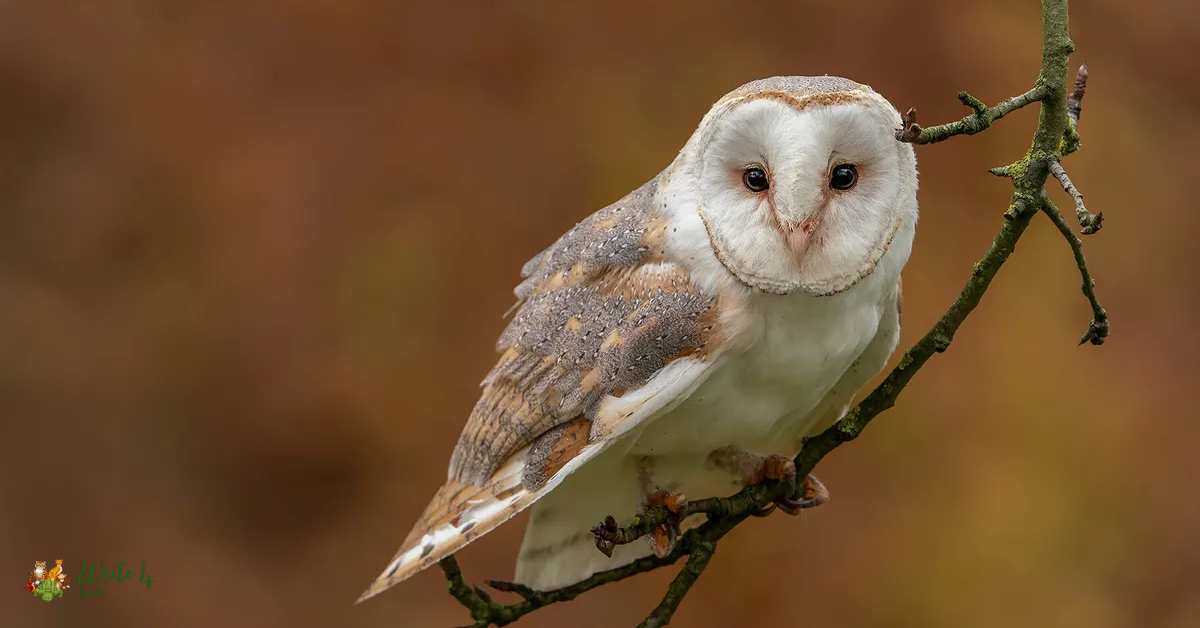
Swooping down from the shadows, they skillfully snatch rats, helping maintain ecological balance. Farmers often encourage barn owl populations to naturally manage rodent pests in agricultural landscapes, showcasing the mutually beneficial relationship between humans and these majestic birds of prey.
9. Herons
Water-dwelling birds such as herons exhibit elegant and stealthy hunting techniques, providing an unexpected yet effective approach to rat control. With their long bills and precise movements, herons wade through marshes and water bodies, preying on rats that venture too close to their habitats.
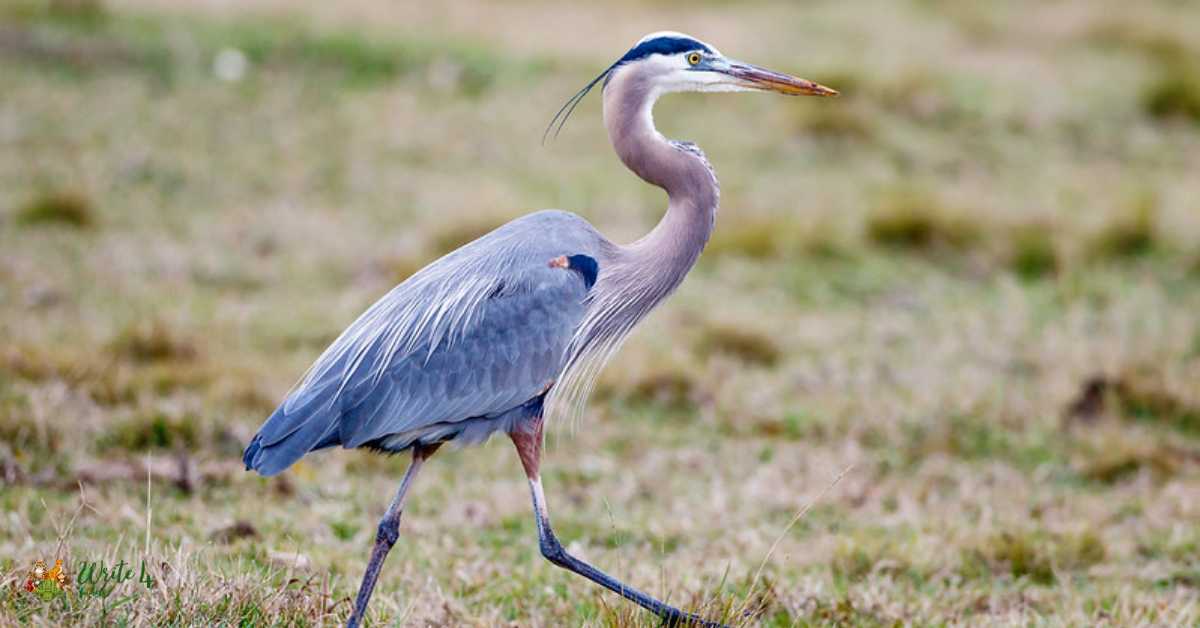
Their unique hunting strategy showcases the diversity of nature’s rat-hunting arsenal, with herons playing a crucial role in managing rodent populations in wetland ecosystems.
The symbiotic relationship between herons and their environments underscores the intricate web of interactions that contribute to the ecological health of these watery landscapes.
10. Weasels (Mustela)
Weasels, characterized by their slender bodies and sharp teeth, are nimble hunters capable of efficiently tracking down rats. Their size allows them to pursue rodents into their burrows, making them formidable opponents in the ongoing battle against rodent infestations.
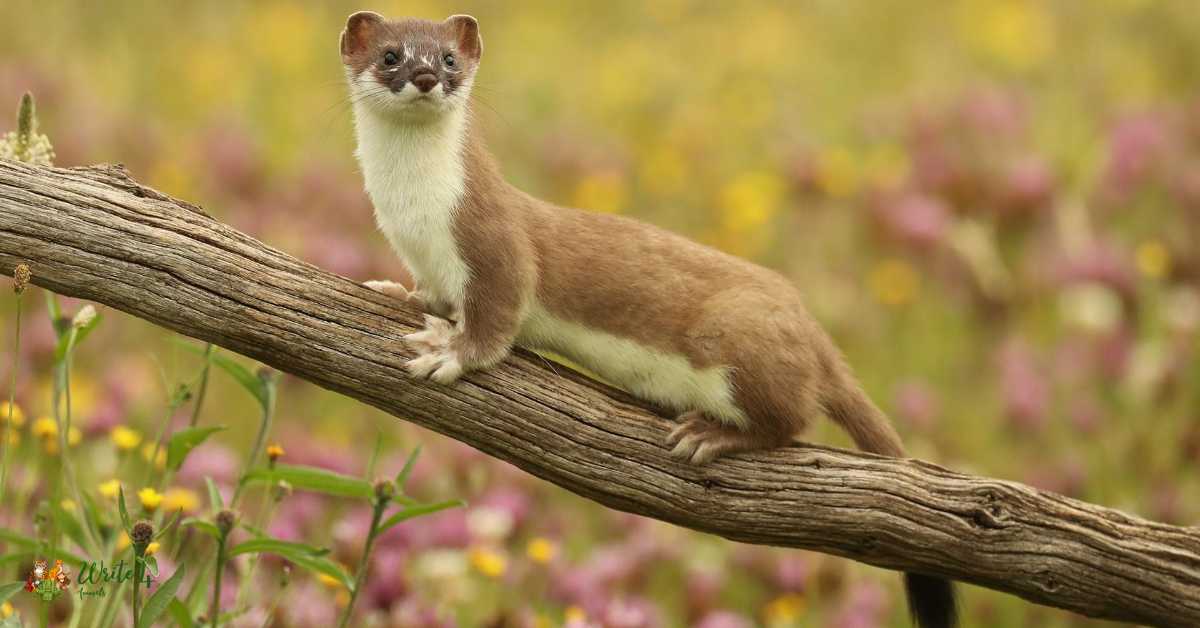
Weasels’ natural agility and hunting instincts, honed over evolutionary time, position them as valuable contributors to pest control efforts.
Whether in natural ecosystems or areas influenced by human activity, weasels showcase the adaptability of small predators in addressing the challenges posed by rats and other rodent pests.
11. Raccoons (Procyon lotor)
Raccoons, known for their mask-like facial markings and dexterous paws, are omnivorous scavengers with a penchant for opportunistic feeding. While not specializing in rat hunting, raccoons readily include rats in their diet when the opportunity arises.
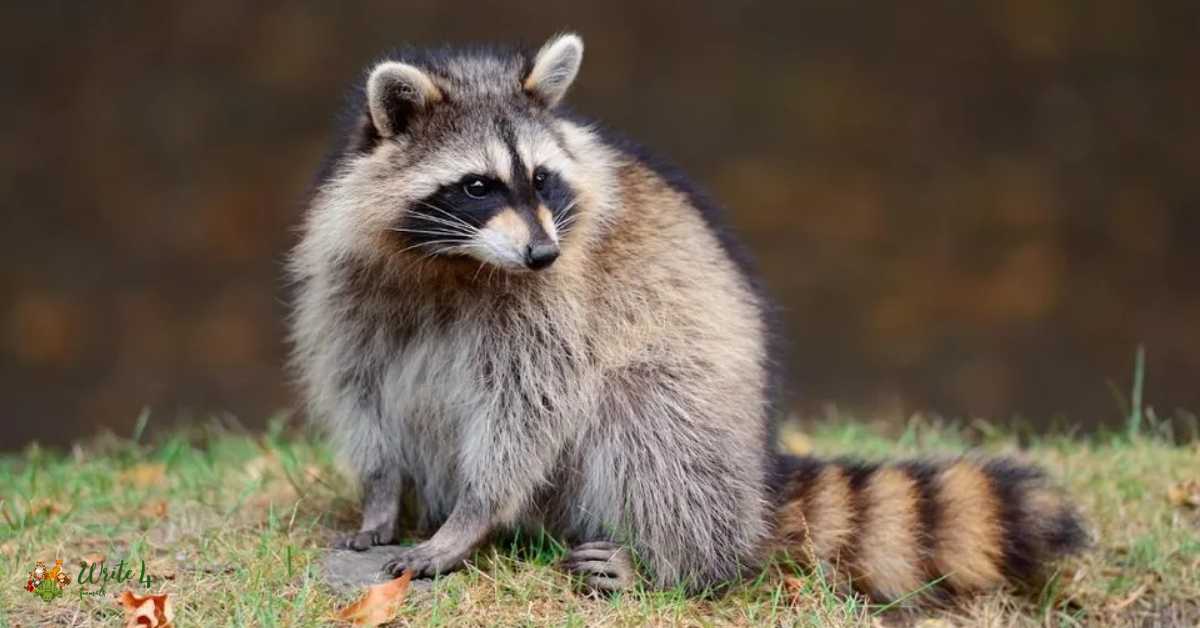
Their adaptability to diverse environments, including urban settings, makes them unwitting contributors to pest control. Raccoons’ presence serves as a reminder of nature’s ability to find balance, with these clever mammals playing an unexpected yet significant role in managing rodent populations in various ecosystems.
12. Frogs
Despite their small size, certain frog species exhibit surprising efficiency as rat hunters. Leveraging their long, sticky tongues, frogs snatch up rats and other small prey in a flash.
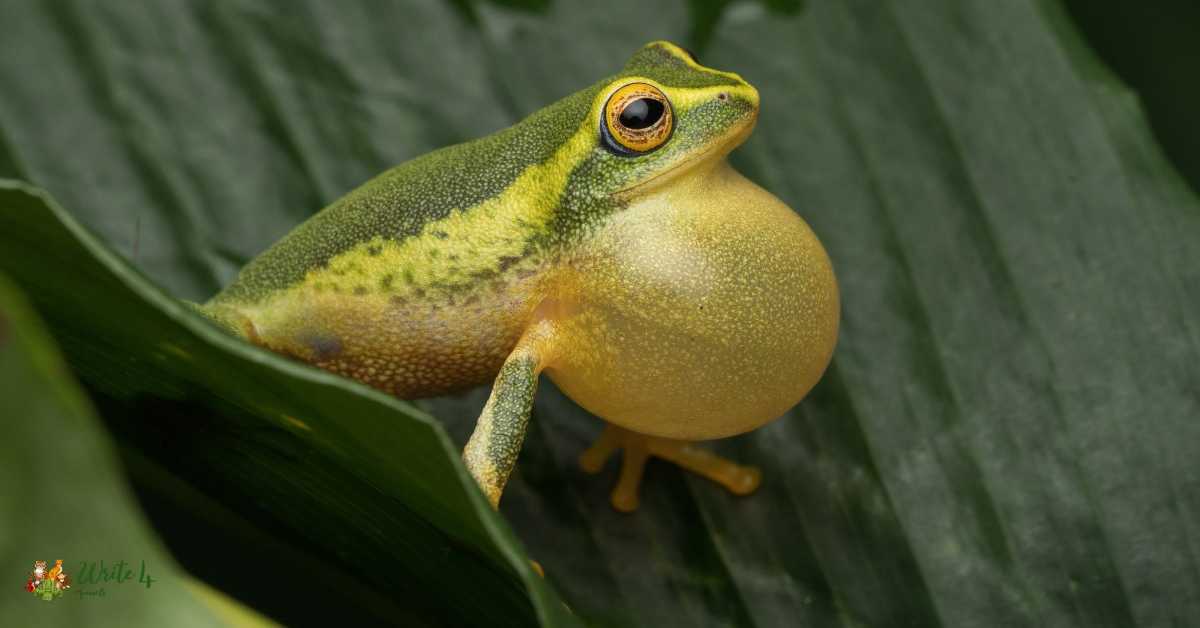
In regions where frogs and rats coexist, these amphibians become integral components of the natural pest control system. Their unique hunting strategy and unassuming presence highlight the diversity of nature’s rat hunters, with frogs showcasing the importance of small yet effective contributors in managing rodent populations in ecosystems with water bodies.
Frequently Asked Questions
Why are rats considered a problem, and why is it important to control their population?
Rats are prolific breeders and carriers of diseases, posing significant threats to agriculture, public health, and ecosystems. Uncontrolled rat populations can lead to food contamination, damage to property, and the spread of diseases like leptospirosis and hantavirus. Effective rat control is crucial to mitigate these risks.
How do animals that eat rats contribute to pest control?
Animals that eat rats play a natural and vital role in pest control by preying on rodents. These predators help keep rat populations in check, preventing unchecked breeding and reducing the negative impacts associated with rat infestations, such as crop damage and disease transmission.
Are there specific breeds of cats or dogs known for their rat-hunting abilities?
Yes, certain breeds of cats, such as the domestic mouser or barn cat, are known for their innate rat-hunting instincts. Among dogs, terrier breeds like the Jack Russell Terrier and the Rat Terrier are specifically bred for their exceptional rat-catching abilities.
How effective are birds of prey in controlling rat populations?
Birds of prey, including hawks and owls, are highly effective in controlling rat populations. Their keen eyesight, powerful talons, and swift aerial movements make them skilled hunters. Farmers and pest control professionals often use raptors to manage rodent populations in agricultural and urban settings.
Can frogs really eat rats, and how do they do it?
Yes, certain frog species are capable of eating rats. Frogs use their long, sticky tongues to snatch up small prey, including rodents. While frogs may not be as prominent as other rat predators, they contribute to natural pest control in ecosystems with water bodies.
How can I attract natural rat predators to my property?
To attract natural rat predators, create habitats that support their needs. Providing nesting sites, water sources, and minimizing the use of rodenticides can encourage the presence of animals like owls, snakes, and birds of prey. However, it’s essential to strike a balance to avoid disturbing the ecosystem.
What are the risks associated with using chemical rat control methods?
Chemical rat control methods, such as rodenticides, pose risks to non-target species and can harm the environment. Secondary poisoning may occur when predators consume poisoned rats. This emphasizes the importance of exploring alternative, eco-friendly pest control methods and understanding the potential consequences of chemical interventions.
Can domestic pets like cats and dogs effectively control rat populations in a household?
Yes, domestic cats and certain dog breeds can contribute to controlling rat populations in a household. However, relying solely on pets may not be sufficient for large-scale infestations. Integrating various pest control methods, including traps and exclusion measures, is recommended for comprehensive and effective rat management.
Recommended
1. Top 10 Most Stubborn Animals in the World
